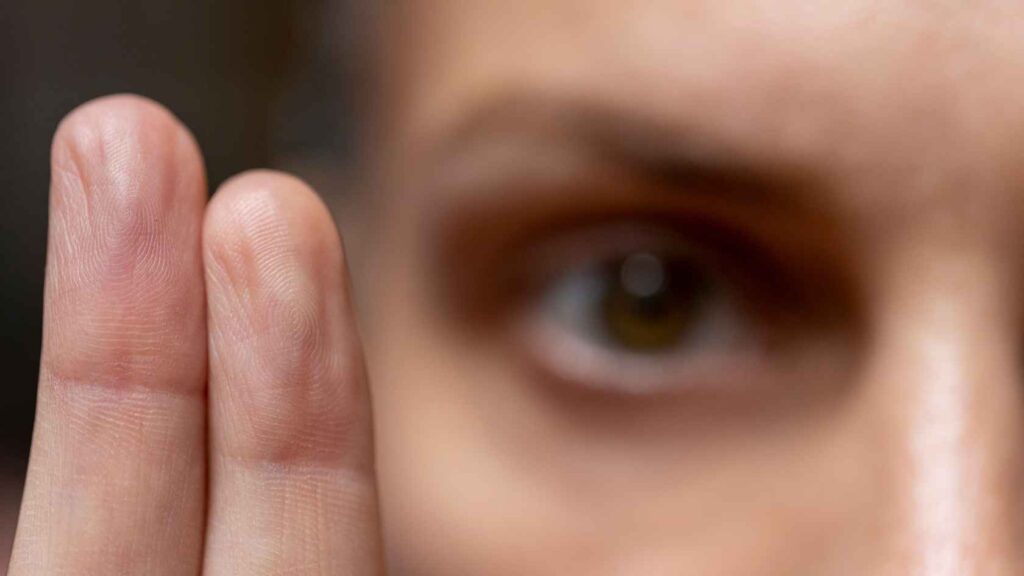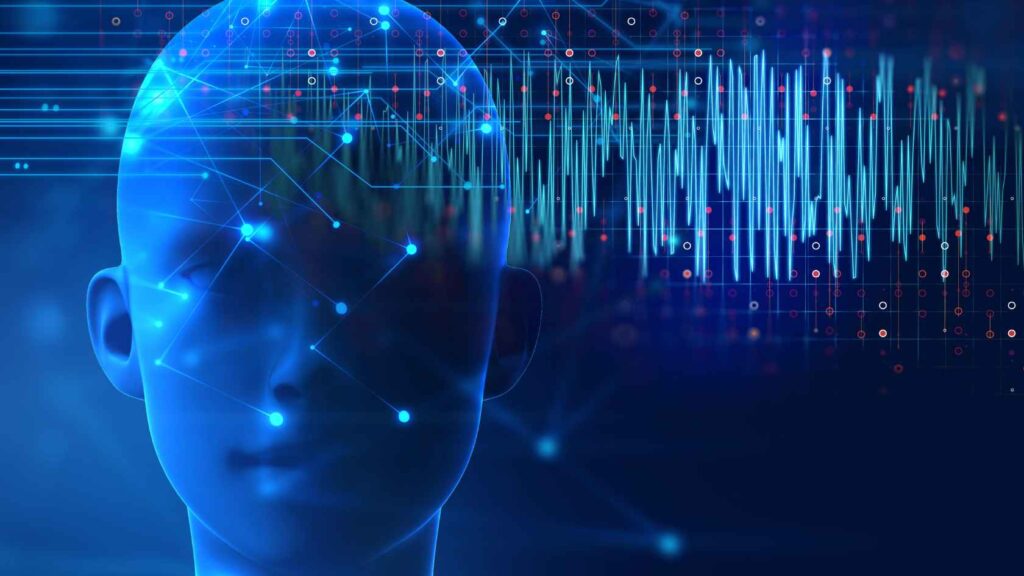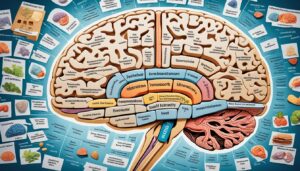How EMDR Uses Both Sides Of The Brain To Heal Trauma
Disclaimer: The post is developed in partnership with BetterHelp
We’ve all gone through difficult experiences or had upsets, but trauma is different. Sometimes a specific event, or trauma, can have effects that may last well beyond the event. For a person who has experienced a traumatic event, the distressing emotions may continue long after the event has passed. The resulting negative emotions may even significantly disrupt a person’s life and their overall health.

Eye movement desensitization reprocessing therapy (EMDR) is one of the mental health modalities often used to treat people experiencing the negative effects of reliving a traumatic event. EMDR therapy involves using rapid eye movements to help a person reprocess their trauma. The end goal of EMDR therapy is to help a person live with less distress from the very real trauma they’ve experienced.
If you’re curious to learn more, check out BetterHelp’s resources on how EMDR therapy works to heal trauma:
https://www.betterhelp.com/advice/therapy/emdr-therapists-understand-trauma/
In this article, we’ll look at how eye movement desensitization reprocessing therapy works on the body by engaging the left and right sides of the brain. We’ll also examine some of the research explaining what makes this therapy effective in treating the negative effects of trauma.
How The Left Brain And Right Brain
The way our left brain and right brain work separately and communicate with each other is an important concept in EMDR. In broad strokes, the left brain is the more logical and linear half. The left brain is associated with our language abilities, it is more slow and methodical.
Whereas the right brain is much faster in its ability to process stimuli. The right brain can quickly perceive metaphors, symbols, and emotions. When we say a picture is worth a thousand words, that’s your right brain – quickly perceiving more information than can be communicated solely in words.
In EMDR therapy, it’s believed that trauma is held in the right brain’s emotional center. Before we even know how to speak as infants, we’re still processing our environment and experiencing wants and needs. Even though we don’t have language yet, we know how to communicate by screaming and crying for help. In EMDR therapy, it’s believed this right brain area is where the traumatic events that are causing distress are being held.
Yet it’s the left brain’s capabilities of language and logic that are needed to help reprocess the traumatic event, which works to make the event less distressing to a person. That’s where EMDR therapy helps encourage the left and right brain to work together in processing a traumatic event. By bringing both brain hemispheres together, a person can more effectively process the trauma in a way that doesn’t interfere with their life as persistently.
What Happens During EMDR Therapy

During EMDR therapy, a person is prompted to think back to the traumatizing experience that is causing them distress. At the same time, the EMDR therapist guides the person’s eyes back and forth in a left-and-right motion. This helps the person to access the memory and reprocess the memory in a way that allows the trauma to be put in the past files of the person’s brain, so to speak.
In this way, EMDR therapy helps to make a person’s trauma less accessible. This helps aid the person in not continuing to experience the effects of the trauma on a day-to-day basis, or Post-Traumatic Stress Disorder (PTSD).
Remember, the goal in EMDR sessions is not to remove the memory or try to transform a negative memory into a more positive one. Unfortunately, we have to accept that terrible things can happen, and we’re not going to ever feel good about them. But we can feel less distressed by the traumatic event.
The benefit in EMDR comes from making the memory more of a distant memory that doesn’t intrude as much on their day-to-day life. In this way, the memory has less power to negatively affect someone’s life. The suffering surrounding the memory may be lessened.
How Bilateral Stimulation Helps During EMDR Therapy
How do the left and right work together to improve a person’s response to trauma? The process of EMDR has been shown to work due to bilateral stimulation. Bilateral stimulation is a process of stimulating the communication and balance between both the left and right sides of the brain.
In one study examining the use of alternating bilateral stimulation (BLS) in promoting positive cognition during EMDR therapy, BLS was shown to have a positive effect on those treated. The bilateral stimulation used during EMDR therapy was seen as helping to promote positive cognition in those seeking EMDR treatment.
In EMDR therapy, the therapist employs bilateral stimulation by guiding a person’s eyes to move in a left-and-right motion. In some ways, the BLS technique is similar to watching a tennis match, where the ball moves from one side of the court to the other. This process is intended to lead to increased desensitization surrounding the trauma, and eventually lead to less distress.
Bilateral Stimulation Methods
While the left and right eye movements are one of the widest forms of bilateral stimulation used in eye movement desensitization reprocessing therapy, it’s not the only way. There are several methods a person can use to get more bilateral stimulation between the left and right hemispheres of their brain. Many are easy to do yourself at home and don’t involve special tools, such as tapping and bilateral sound stimulation.
Alternate Forms of Bilateral Stimulation
Let’s take a look now at some alternate ways to get some of the effects of bilateral stimulation.
While tapping, often called the, can be used in many ways, tapping can be used as a form of bilateral stimulation. To use tapping for bilateral stimulation, a person would repeatedly engage in touching the left and right sides of their body in alternating succession.
Another form of bilateral stimulation involves sound. In bilateral sound stimulation, sounds are designed to engage the left ear and right ear in separate ways. The result is that the sounds going to opposite ears may help stimulate the connection between the right and left sides of a person’s brain.

In Conclusion
EMDR therapy and the principles of bilateral stimulation hold powerful abilities to heal those going through trauma. But it’s important to remember that doing these techniques at home does not take the place of meeting with a trained therapist. Please do not hesitate to seek help if you’re feeling overwhelmed, there is help out there. Know that you’re not alone, and it’s not only okay to ask for help – it’s a healthy step to taking control of your mental health and well-being.




